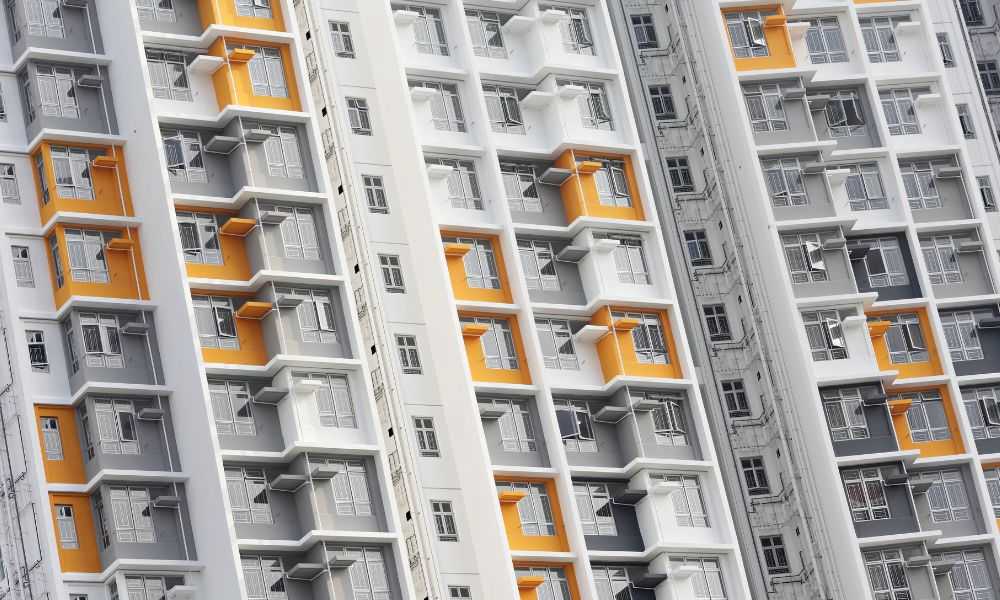Title: Micro-Apartments: The Future of Urban Living?
Introduction: In the heart of bustling metropolises, a new trend is reshaping the real estate landscape: micro-apartments. These compact living spaces, typically under 400 square feet, are gaining traction as urban populations surge and housing affordability becomes increasingly challenging. With 68% of the world's population projected to live in urban areas by 2050, according to the UN, micro-apartments are emerging as a potential solution to the urban housing crunch.

The appeal of micro-apartments lies in their ability to offer affordable housing options in prime urban locations. For young professionals, students, and those embracing minimalist lifestyles, these spaces provide an opportunity to live in desirable neighborhoods without the hefty price tag associated with larger apartments. Moreover, they align with the growing trend of prioritizing experiences over possessions, allowing residents to live in the heart of vibrant city centers.
Reimagining Urban Density
Micro-apartments are not just changing individual living spaces; they’re reshaping entire urban landscapes. Developers and city planners are increasingly turning to these compact units as a way to increase housing density without dramatically altering the skyline or character of neighborhoods. This approach allows for more efficient use of limited urban land, potentially easing housing shortages in crowded cities.
From a sustainability perspective, micro-apartments offer several advantages. Their smaller footprint means reduced energy consumption for heating and cooling, and less space for accumulating possessions can lead to more mindful consumption habits. Additionally, by allowing more people to live in central urban areas, micro-apartments can contribute to reducing commute times and associated carbon emissions.
Design Innovations in Small Spaces
The success of micro-apartments hinges on innovative design solutions that make small spaces not just livable, but desirable. Architects and interior designers are pushing the boundaries of creativity to craft spaces that feel open, functional, and aesthetically pleasing despite their limited square footage.
One key trend is the incorporation of transformable furniture and modular elements. Beds that fold into walls, tables that expand or contract based on needs, and shelving units that double as room dividers are just a few examples of the ingenious solutions being employed. Smart home technology is also playing a crucial role, with automated systems controlling lighting, temperature, and even furniture arrangements to optimize the use of space throughout the day.
Another important aspect is the emphasis on quality finishes and materials. While the spaces may be small, developers are recognizing the importance of creating a premium feel through high-end fixtures, appliances, and design elements. This approach helps to counteract the potential claustrophobia of small living spaces and appeals to discerning urban dwellers.
Market Impact and Investment Potential
From an investment perspective, micro-apartments present an intriguing opportunity. In many urban markets, these units command higher per-square-foot rents than their larger counterparts, potentially offering attractive returns for investors. The lower absolute price point of micro-units also makes them accessible to a broader range of investors, including those just entering the real estate market.
However, the micro-apartment trend is not without its challenges. Zoning laws in many cities are still catching up to this new housing typology, with minimum size requirements sometimes posing obstacles to development. There are also concerns about the long-term livability of these spaces and their impact on neighborhood dynamics.
Despite these challenges, the market for micro-apartments continues to grow. In cities like New York, San Francisco, and Seattle, developers are increasingly incorporating micro-units into their projects, often as part of mixed-use developments that blend residential, commercial, and communal spaces.
The Future of Urban Housing
As we look to the future of urban housing, micro-apartments are likely to play an increasingly significant role. The ongoing urbanization trend, coupled with changing attitudes towards ownership and space, suggests that demand for these compact living solutions will continue to grow.
However, the success of micro-apartments will depend on more than just clever design and market demand. It will require a holistic approach to urban planning that considers not just housing units, but also the surrounding infrastructure and community spaces. Successful micro-apartment developments will need to be integrated into neighborhoods that offer ample public spaces, shared amenities, and easy access to transportation and services.
The micro-apartment trend also raises important questions about the future of urban living. While these spaces offer a solution to housing shortages and affordability issues, they also challenge our traditional notions of what constitutes a home. As this trend evolves, it will be crucial to balance the need for efficient use of urban space with the importance of creating livable, sustainable communities.
In conclusion, micro-apartments represent a fascinating intersection of real estate development, urban planning, and changing social norms. As cities continue to grapple with housing challenges, these compact living spaces offer a potential path forward. Whether they become a dominant housing typology or remain a niche market will depend on how well they can adapt to the evolving needs and expectations of urban dwellers. What’s clear is that micro-apartments are more than just a trend – they’re a reflection of the ongoing transformation of urban life in the 21st century.





